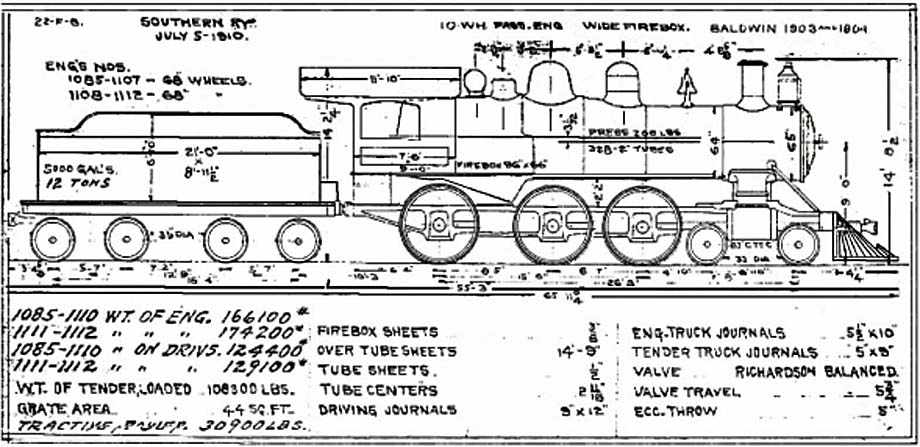Steve Broady said to his black greasy fireman, "Just shovel on a little more coal, and when we cross that White Oak Mountain you can watch Old 97 roll!" - The Wreck of the Old 97.
When hand-stoked coal drove Old 97 down that mighty rough road from Lynchburg to Danville, the brawny fireman was as essential as the engineer himself.
Sweatily, he swung the heavy scoop between the clanking tender and the hellish firebox, pausing only rarely to rest his arm on the ledge of the left-hand window.
But Old 97 and almost all the other steam locomotives have given way on U.S. and Canadian railroads to unsung diesels.
Last week, in Canada, the firemen gave way too.
After a bitter, two-year struggle, regarded as a test case for all North American railroads, the giant 17,000 mile Canadian Pacific Railway Co. finally wrested an admission from the Brotherhood of Locomotive Firemen and Enginemen that a fireman has no useful function on an oil-fired diesel locomotive.
To establish the principle, the CPR proposed to remove firemen from yard and freight diesels.
Arguing passionately that the fireman was vital as a safety lookout, the union last week tried to shut down the CPR with a strike (the second strike in May 1957), watched in dismay as their fellow rail workers coolly crossed picket lines and kept the trains running on time.
After three days, the firemen blew a whistle on the strike.
The ailing U.S. railroads, which in 1956 withdrew a demand for the right to drop firemen, so that the battle could be fought out in Canada, may be expected to follow CPR's lead when the union contract runs out on 31 Oct 1959.
Author unknown.
(likely no image with original article)
(usually because it's been seen before)
provisions in Section 29 of the
Canadian Copyright Modernization Act.


